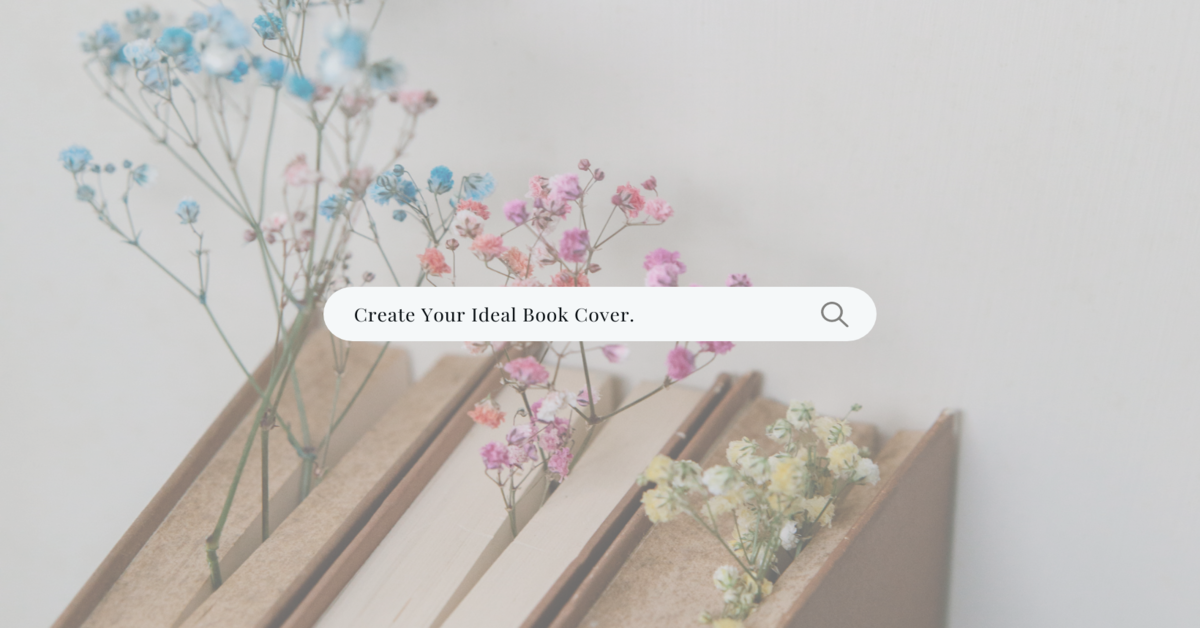This article will provide readers with design strategies and advice on creating the ideal book cover. Whether you are a self-publishing author, a small press publisher, or someone who is just curious about design, this article will provide you with the tools and resources you need to create a book cover that will stand out and capture the attention of prospective readers. With the help of this article, readers will learn about the important elements of a book cover design, the basics of typography and layout, and how to choose the best colors and images for their cover.

Consider Your Genre
When designing a book cover, it is important to consider the genre of the book. Different genres have distinct visual elements that can help convey the tone and message of the book. For example, a fantasy novel would likely feature some type of mythical creature or magical symbol on the cover. Additionally, the cover should also speak to the target audience of the book. A cover that is designed to appeal to young adults would likely feature a vibrant color scheme and modern design elements. By considering the genre of the book and its target audience, you can create a cover that will appeal to readers and help them better understand the content of the book.
Include Tagline
A tagline is a brief phrase or sentence that captures the essence of the book while also piquing the interest of potential readers. It should be memorable and provide an insight into the story. It should be easy to read, concise, and appealing. It should also be unique and distinct enough to stand out amongst other books in the genre. Taglines should be included in the design of the book cover in an eye-catching and prominent way, typically in the form of a headline or a subtitle

Conside the Spine
When designing a book cover, it is important to consider the spine. The spine of a book is the most visible part of the cover when it is placed on a shelf. It is therefore important to make sure that the spine is designed in such a way that it stands out from other books and catches the eye of potential readers. This can be done by using a bold font, eye-catching colors, or a unique design element. Additionally, the spine should also be designed with consideration to the thickness of the book. A thicker book will require a wider spine in order to squeeze in all of the necessary text

Font and Color
When designing a book cover, it is important to be consistent with font and color. By using the same font and color throughout the cover, you create a unified and professional look. This will help with the overall branding of the book and make it look more appealing to potential buyers. When selecting font, make sure to choose a font that is easy to read and will stand out from the background color. As for color, select a color palette that will complement the overall look and feel of the book.
Conclusion
Creating your ideal book cover is an exciting and rewarding experience. By following the design strategies and advice outlined in this article, you can create a captivating and professional book cover that will help your book stand out from the crowd. Whether you opt for a DIY approach or hire a professional designer, you can craft a unique, eye-catching cover that reflects the essence of your book. Ultimately, the goal is to create a book cover that will capture the reader’s attention and help them make the decision to purchase or check out your book. Check out some beautiful packing trends in 2023 here!


